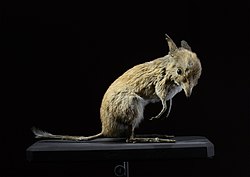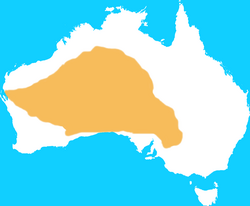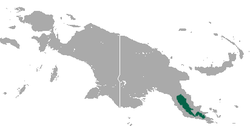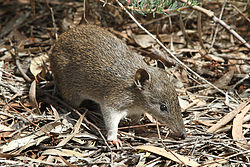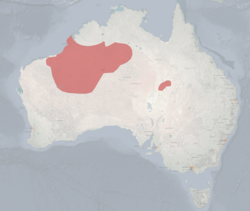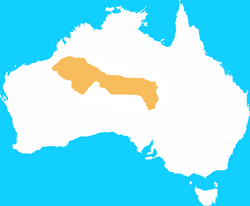

Peramelemorphia is an order of Australian marsupial mammals. Members of this order are called peramelemorphs and include bandicoots and bilbies. They are found in Australia and New Guinea, generally in forests, shrublands, grasslands, and savannas, though some species are found in inland wetlands and deserts. They range in size from the Arfak pygmy bandicoot, at 14 cm (6 in) plus a 11 cm (4 in) tail, to the giant bandicoot, at 56 cm (22 in) plus a 34 cm (13 in) tail. Peramelemorphs primarily eat insects and fruit, as well as other invertebrates and small vertebrates. Most peramelemorphs do not have population estimates, but the ones that do range from 1,000 to 100,000 mature individuals. The giant bandicoot, David's echymipera, and Seram bandicoot are endangered. The desert bandicoot, lesser bilby, and pig-footed bandicoot were driven to extinction in the mid-1900s.
Contents
- Conventions
- Classification
- Peramelemorphs
- Chaeropodidae
- Peramelidae
- Thylacomyidae
- Notes
- References
- Sources
The nineteen extant species of Peramelemorphia are divided into two families: Peramelidae, containing eighteen species divided between three genera in the subfamily Echymiperinae, two genera in the subfamily Peramelinae, and a single genus in the subfamily Peroryctinae; and Thylacomyidae, containing one extant species in a single genus. Additionally, Peramelemorphia includes the extinct family Chaeropodidae, containing a single species. Dozens of extinct, prehistoric Peramelemorphia species have been discovered, though due to ongoing research and discoveries the exact number and categorization is not fixed. [1]
